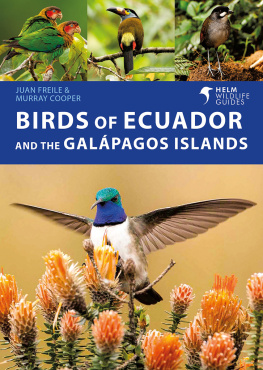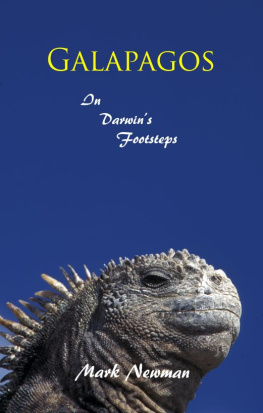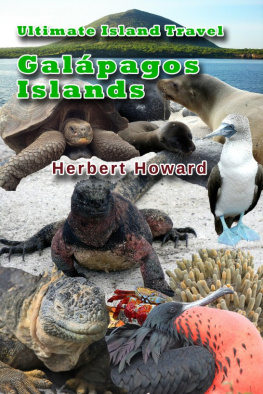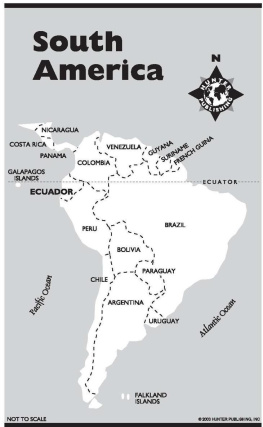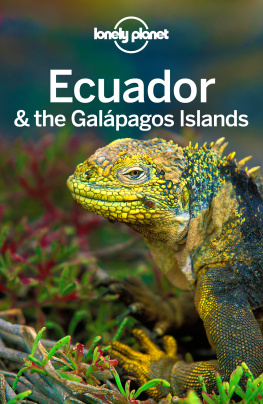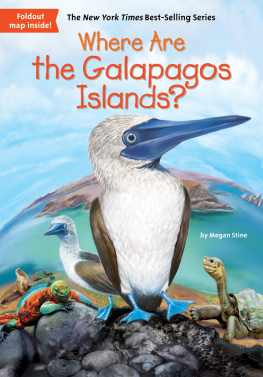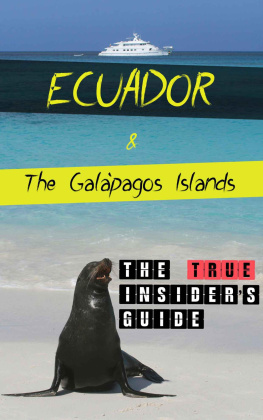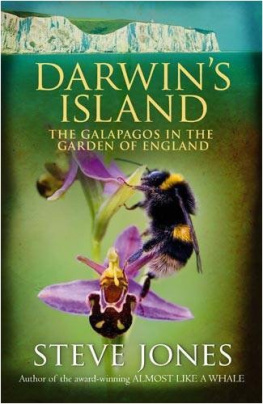

First edition published April 2022; hardback published January 2022
Bradt Guides Ltd
31a High Street, Chesham, HP5 1BW, England
www.bradtguides.com
Print edition published in the USA by The Globe Pequot Press Inc,
PO Box 480, Guilford, Connecticut 06437-0480
Text copyright Bryan Nelson (1968) and June Nelson (2022)
Maps copyright 2022 Bradt Guides
Photos Bryan Nelson
Edited by James Lowen
Cover design by Ian Spick
Layout and typesetting by Ian Spick
Author photo page v Roger Lever
Map by David McCutcheon FBCart.S
Line drawings by John Busby
Production managed by Sue Cooper, Bradt Guides & Jellyfish Print Solutions
The right of Bryan and June Nelson to be identified as the authors of this work has been asserted by them in accordance with the Copyright, Designs & Patents Act 1988.
All rights reserved. No part of this publication may be reproduced, stored in a retrieval system, or transmitted in any form or by any means, electronic, mechanical, photocopying, recording or otherwise without the prior consent of the publishers. Requests for permission should be addressed to Bradt Guides Ltd in the UK.
ISBN: 9781784778859 (paperback), 9781784779320 (hardback)
British Library Cataloguing in Publication Data
A catalogue record for this book is available from the British Library
Digital conversion by www.dataworks.co.in
Printed in the UK by Jellyfish Print Solutions
To Bryan Nelson (19322015)
I dedicate this book to Bryan, friend and husband for 61 years. We shared so much: a sense of humour, zany in different ways; a deep love of life and the earth; a need to explore, in all senses; fascinating friendships; an enjoyment of words; and a horror of cruelty and bigotry. And we shared the creation of Galapagos: Islands of Birds, his lyrical 1968 book which has been the springboard for this joint one. Bryan was loved by many people; I was privileged to have so much of him. Thank you, Bryan.
Bryan Nelson honed his perversity and argumentative skills with an elder sister, which stood him in good stead as local preacher and lecturer. He left school at 16 and earned a qualification in sewage purification while simultaneously studying for university entrance. After Bryan obtained a 1st in zoology from St Andrews, he and June married in 1960, studied gannet behaviour and ecology from a garden shed on the Bass Rock for Bryans D. Phil., then the rest of the Sulidae family on the Galapagos, Peruvian Guano Islands, Christmas Island and New Zealand. They enjoyed 18 months trying to establish a desert research station at a wonderful oasis in Jordan, but the Israeli/Palestine conflict scuppered that. Bryans lectureship at Aberdeen followed and he eventually became a Reader. Early retirement to Galloway allowed him to add several books (including large tomes on the Sulidae and Pelicaniformes) and papers to his prolific output. More general books showed his versatility: The Atlantic Gannet; Galapagos: Islands of Birds; Azraq: Desert Oasis; Living with Seabirds and On The Rocks. He became a Fellow of the Royal Society of Edinburgh, and received an MBE from the Queen, when she expressed her regret about never visiting the Galapagos.
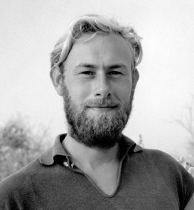
With Prince Philips intervention, their work on Christmas Island helped save the rare Abbotts booby. Bryan became a founder board member of the Scottish Seabird Centre and on its tenth anniversary engaged with the Queen and Prince Philip, who exclaimed: You must be at least a hundred. Later Bryan showed Prince Charles round the Bass Rock. Many folk, especially students, were inspired by Bryans amusing lectures and talks, and zany wit. Other interests included writing, birding, hillwalking, cycling, sailing and tennis. He died in 2015 aged 83.
June Nelson began work in a London tax office, in revolt against studying and being denied a university place to study English literature because she had never taken Latin. Following family tradition she loved the outdoors and camping. Aged 11, she began birding with her godmother, and, through her, met Bryan birding at Spurn Point (June gloated about having ringed a gannet before Bryan did). Their first significant meeting was sheltering from the rain under an abandoned table on Spurn Peninsula, when June insisted that Bryan should share her apple.
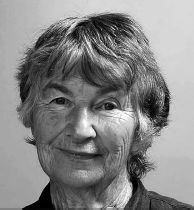
In their late thirties, the couple settled in Aberdeenshire, had twins and acquired pets, embraced gardening, cycling and tamer travelling. Later June became a relationship counsellor with Couple Counselling, worked in a wholefood shop and cooked in a wholefood caf long before they were fashionable. She then began working with adults with a learning disability, and later became secretary of the Sutherland Trust. Into her eighties she still cycled, played tennis and walked hills, but hip and knee replacements latterly curtailed such activities and, now 85, she gardens and writes. Writing days with friend Margaret, who soon became a professor of English, led to enthusiastic contributions to Margarets book about life during COVID-19, and the subsequent monthly writing group. A student film by George Pretty on climate change and seabirds, which June narrated, has recently won numerous festival awards. She believes vehemently in keeping going. This is her first big book.
A NOTE ON AUTHORSHIP
This book blends an edited version of Bryans text from Galapagos: Islands of Birds (in places updated or tailored where judged appropriate) with Junes fresh observations, written nearly 50 years later and thus from an entirely modern perspective. Rather than indicate precisely who wrote which words, which would prove rather cumbersome, each chapter has a byline identifying one or both authors. Occasional clarifications are also given within the text, where needed.
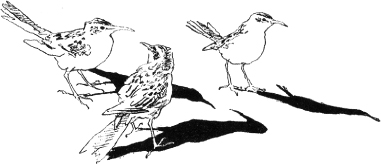
CONTENTS
FOREWORD TO
GALAPAGOS: ISLANDS OF BIRDS
HRH THE DUKE OF EDINBURGH
In Galapagos: Islands of Birds Bryan Nelson has achieved a rare combination; he has written a book full of important information and valuable scientific discussion in a lively and entertaining style.
I found the book particularly interesting as I had the pleasure of visiting Tower and Hood and meeting the Nelsons at their camp on Hood Island, albeit on the last day of its occupation. Although the author makes light of their long period of isolated existence, it ranks as a major achievement in itself. I think he is also particularly fortunate to have found a wife and helper willing and able to put up with that kind of life, and at the end of it all to appear as neat and tidy as the day she left civilisation.
If, on occasions, his descriptions of life sound almost idyllic, I would strongly advise anyone who has ideas about rushing off to live on a desert island to think three and preferably four times about it and then to consult June Nelson.
The Galapagos Islands hold a special fascination for all naturalists. I suppose it is partly because of their association with Darwin and because of their extraordinary list of animal populations that they inevitably prompt speculation about the hows and whys of evolution. Dr Nelson has quite a lot to say about this fascinating subject as a result of watching and recording many of the islands inhabitants. It is books of this kind which emphasise what a fundamental redirection of human thought was initiated by Darwin with the publication of
Next page

